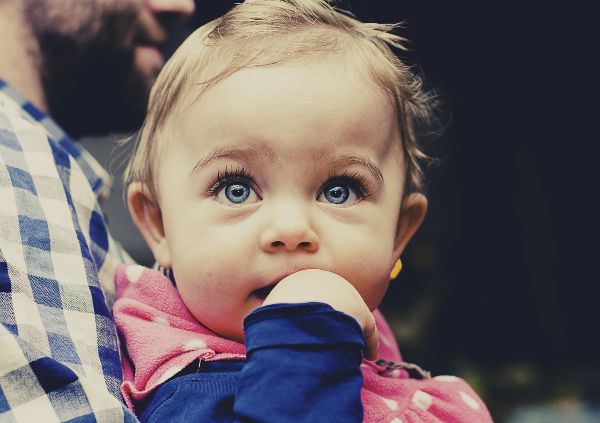Babies control their response to pain almost the same way that their grown-up counterparts do.
This new study carried out by researchers from the Department of Paediatrics and Wellcome Centre for Integrative Neuroimaging at the University of Oxford, UK, is built on a 2015 one which looked at how newborns felt pain.
So what did they find this time?
Rebeccah Slater, Professor of Paediatric Neuroscience at the University of Oxford explains that ''in our previous work, we used an imaging technique called functional Magnetic Resonance Imaging, or fMRI, to show that pain-related brain activity in newborn infants is similar to that observed in adults.''
"We wanted to expand on this by investigating whether the functional network connectivity strength across the descending pain modulatory system - DPMS - in infants influences the magnitude of this brain activity."
It's all about the DPMS, which is a network of brain regions which function together to regulate both sensory input to the central nervous system and behavioural responses to pain.
The team analysed fMRI data from 13 newborns, who were four days old on average.
Their brains were scanned in the MRI scanner while they were 'poked' lightly on the soles of their feet with a special retracting rod.
So what did they find when they did this?
"In adults, greater activity in brain regions within the DPMS network, prior to a painful sensation, are coupled with lower behavioural pain reports," Sezgi Goksan, Postdoctoral Researcher at the University of Oxford and Wellcome Centre for Integrative Neuroimaging said.
"With this in mind, a possible interpretation of our results is that when regions within the DPMS are more strongly functionally connected in infants, they have a greater ability to regulate their pain experience and dampen the magnitude of their brain activity in response to stimuli - again in a similar way to adults."
How amazing is that?
Babies, small though they may be, deal with discomfort just like we do...and it's all down to the neural network - the DPMS.







